Illustration | A guide to making layered lattes needs to be signed.
Professional coffee knowledge exchange more coffee bean information please follow the coffee workshop (Wechat official account cafe_style)
There is a common sense in making lattes that if you want to make a beautiful latte, you should pour milk into espresso, not the other way around. But what happens the other way around? This will make another latte: layered latte (layered latte). To make a layered latte, you pour espresso into a cup of milk.
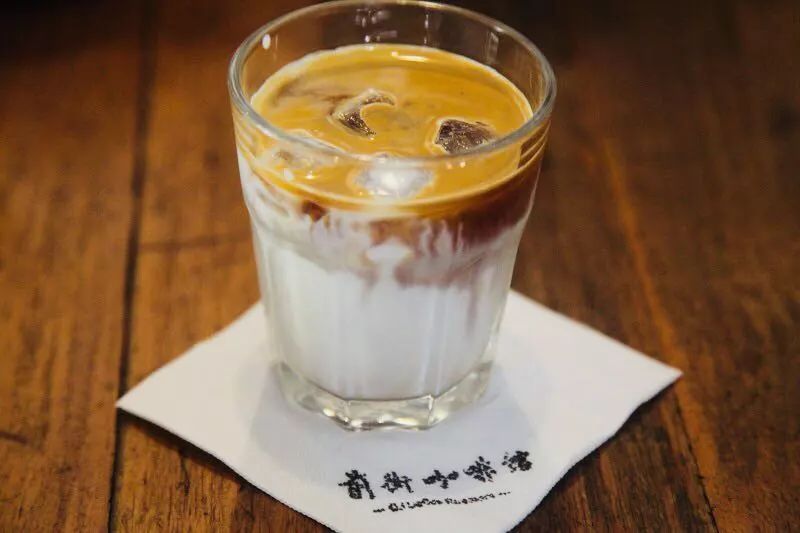
| what is the secret of making a layered latte?
If espresso is poured into the milk too slowly, the denser fluid will mix too evenly with the lower density to make a layered latte. The faster dumping speed causes the denser fluid to impact the lower density fluid and causes rapid motion to achieve the expected stratification when the density equilibrium is established.
Even with a mild stir, such as a sip, layering can form and remain for minutes, hours, or even days. As long as the temperature of the latte is higher than the surrounding air, stirring produces another density gradient, similar to that produced by pouring espresso. But when the latte is stirred at room temperature, the layering will be goodbye forever. They published their findings in the journal Nature Communications.
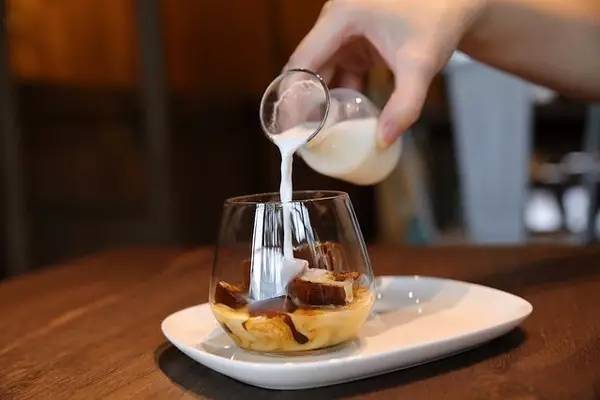
| Why is it important to understand the stratification principle of liquids?
Stone and doctoral student Xue Nan and others used a set of LED lights and cameras to capture the delamination process and observed that when coffee is poured into heated milk, there is a phenomenon called double diffusion convection (double-diffusive convection), which produces different density layers in the liquid.
After remaking lattes from their own espresso and milk, they developed a simulated drink in which heated and dyed fresh water was injected into denser heated salt water containing particles that could scatter a green laser beam. mixed to test the scientific parameters that make this spontaneous stratification possible. They then conduct simulations to collect data to compare various models of different systems.
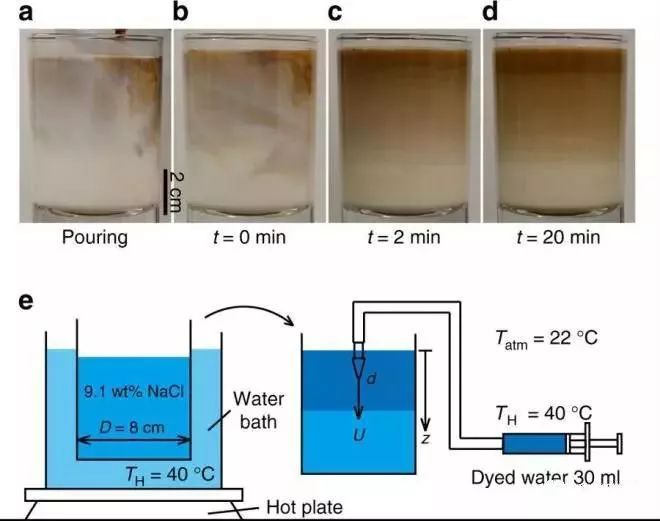
They found that pouring hot coffee into hot milk at a certain rate caused an interaction between temperature and density, causing the beverage to be divided into layers of different densities. The same basic phenomenon known as double diffusion convection forms a water layer in the ocean. Different concentrations of salt water have different densities, just like espresso in lattes and higher-density milk.
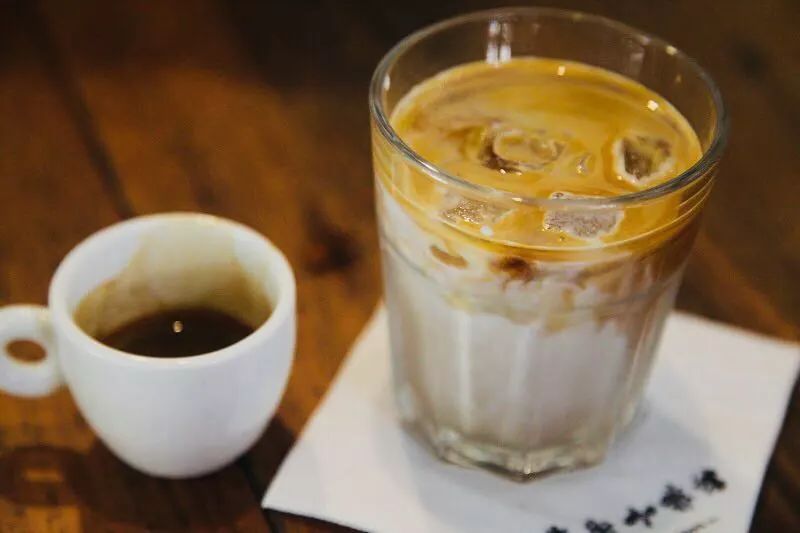
When the liquid tries to mix, the temperature gradient causes part of the liquid to heat up, become lighter and rise, while the other part with higher density sinks. This sinking and rising movement stops when the local density of an area in a cup of latte is close to equilibrium. As a result, the fluid must flow horizontally, not vertically, thus forming different layers.
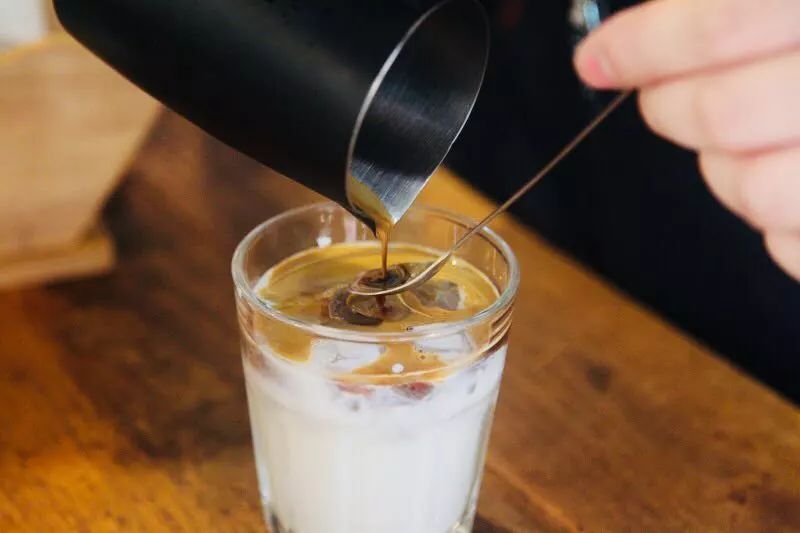
The following is the formula we use when using VST20 gram filter bowl
▼
-Water temperature | 93-94 ℃
-pressure | 9 ba
-freshly ground coffee powder | 19-20g (using electronic scales)
-Total weight of coffee | 36-40 grams (using electronic scales)
-brewing time | 25-28 seconds (using timer)
If you are using a 22 g filter bowl, please use 22 g freshly ground coffee powder. The total weight of coffee should be 44 g, the ratio should be 1:2.
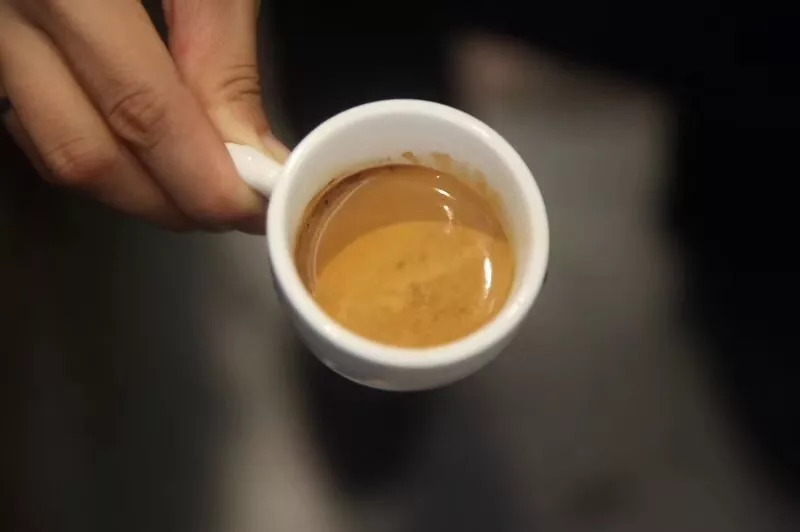
Maple ice latte
Maply Syrup Latte
1. Fill the glass with 5% ice cubes and add 10 grams of maple syrup.
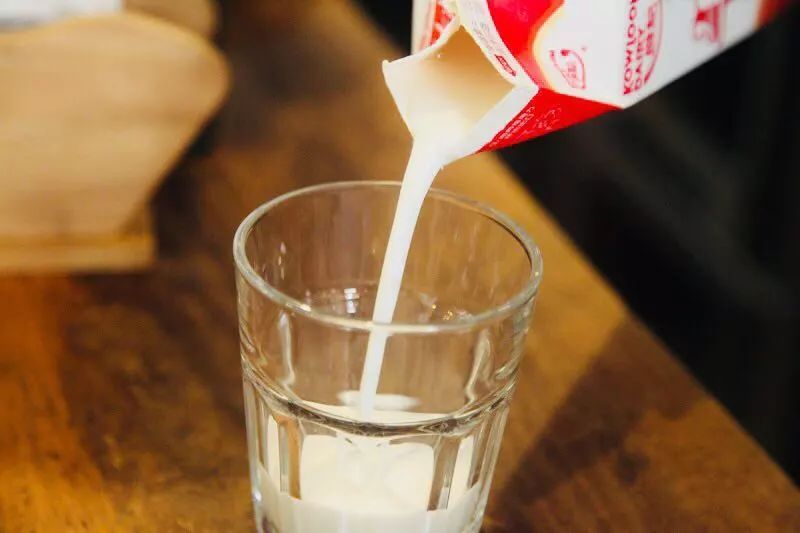
2. Pour the fresh milk into the cup until it is seven minutes full, then stir well so that the syrup is melted into the fresh milk to increase the proportion of fresh milk.
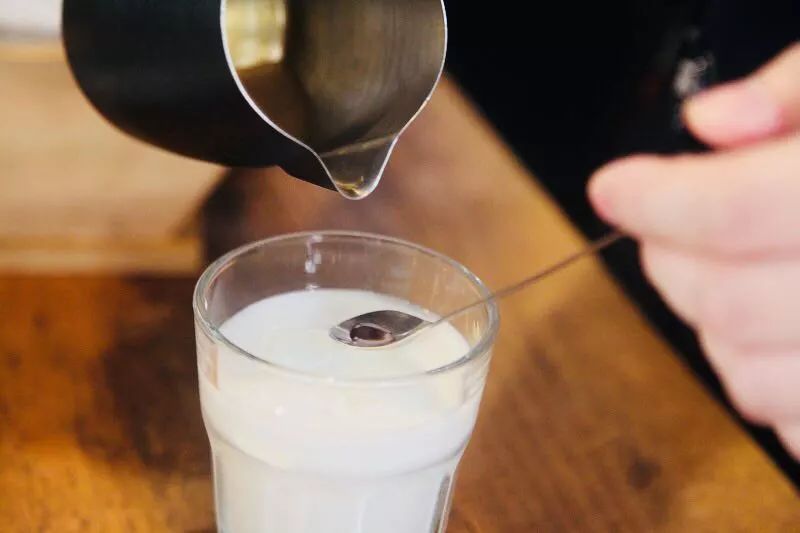
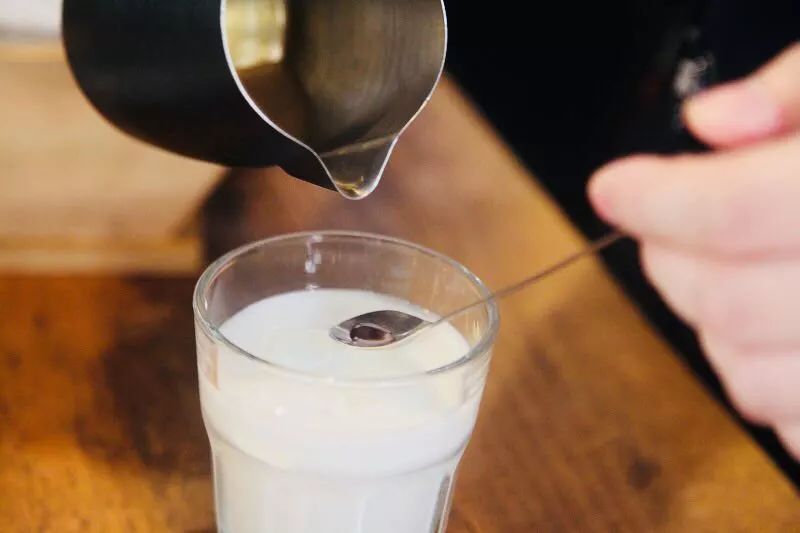
3. Let the coffee slowly pour into the cup along the spoon, not too fast, so as not to destroy the sense of hierarchy.
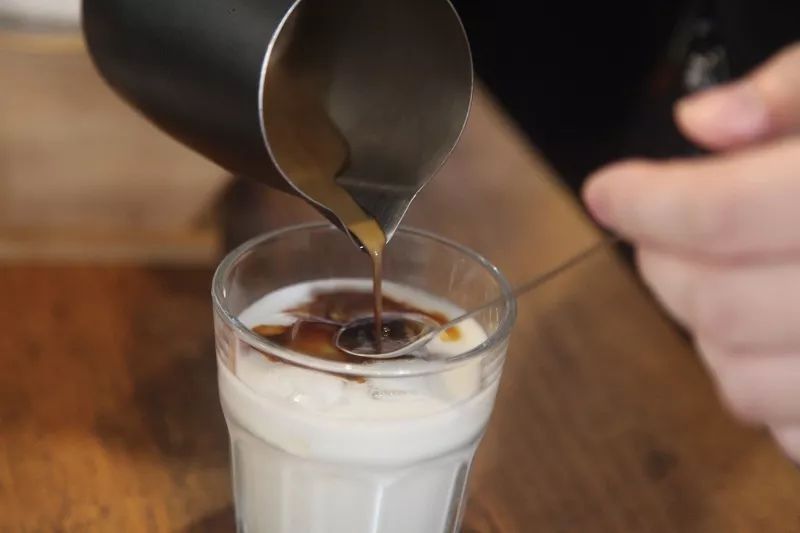
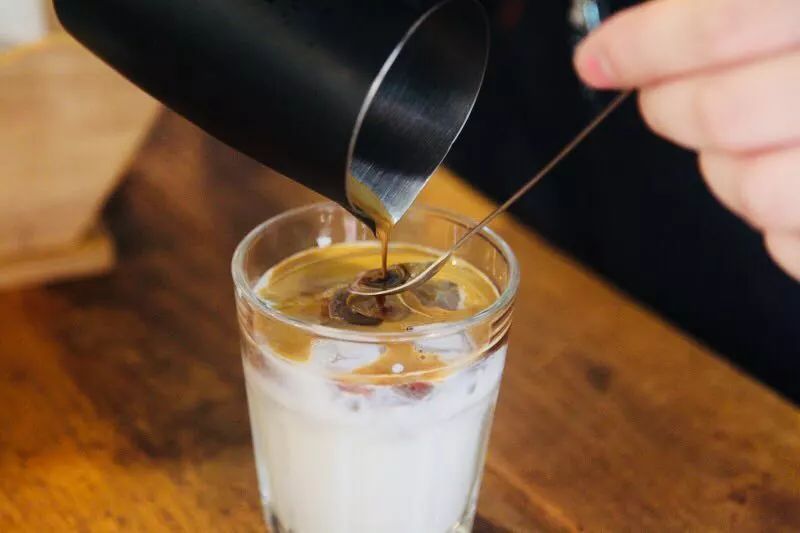
4. Finish
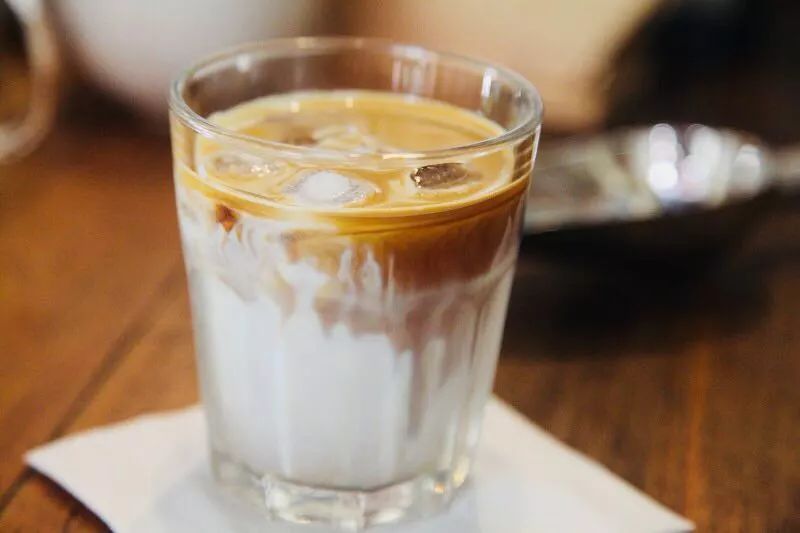
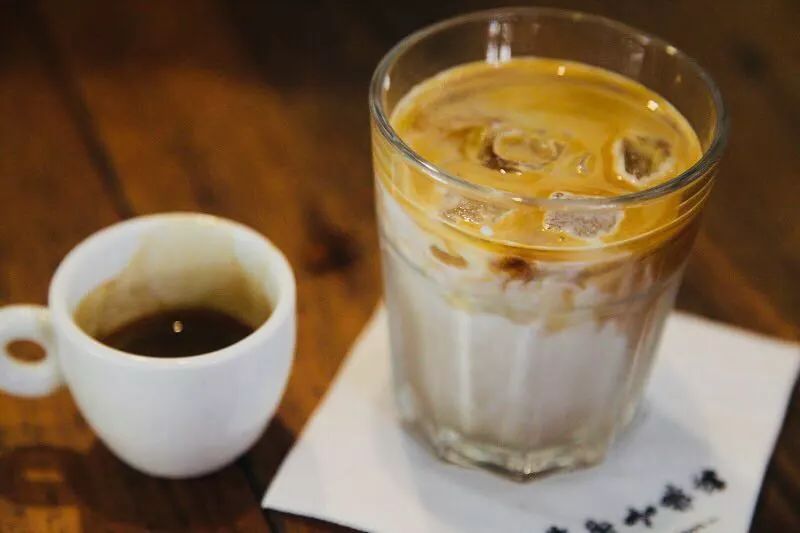
Important Notice :
前街咖啡 FrontStreet Coffee has moved to new addredd:
FrontStreet Coffee Address: 315,Donghua East Road,GuangZhou
Tel:020 38364473
- Prev
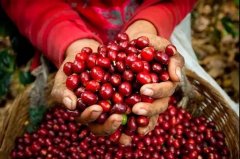
The past life and present life of the Brazilian red bourbon family, revealing the perfect base of Italian # 2 coffee match.
Professional coffee knowledge exchange more coffee bean information please follow the coffee workshop (Wechat official account cafe_style)
- Next

Vietnam egg coffee making method what is Vietnam egg coffee? Vietnam dripping coffee
Professional coffee knowledge exchange more coffee bean information Please follow the coffee workshop (Wechat official account cafe_style) said that in Vietnam, in addition to rice noodles, there is also egg coffee, ah, mentioned Vietnamese specialties, coffee must be included. However, in the eyes of foreign tourists who are familiar with coffee culture, the coffee in this country is unexpectedly different from their familiar black coffee, latte, Cabo, hand brew, ice drop and so on.
Related
- Beginners will see the "Coffee pull flower" guide!
- What is the difference between ice blog purified milk and ordinary milk coffee?
- Why is the Philippines the largest producer of crops in Liberia?
- For coffee extraction, should the fine powder be retained?
- How does extracted espresso fill pressed powder? How much strength does it take to press the powder?
- How to make jasmine cold extract coffee? Is the jasmine + latte good?
- Will this little toy really make the coffee taste better? How does Lily Drip affect coffee extraction?
- Will the action of slapping the filter cup also affect coffee extraction?
- What's the difference between powder-to-water ratio and powder-to-liquid ratio?
- What is the Ethiopian local species? What does it have to do with Heirloom native species?

